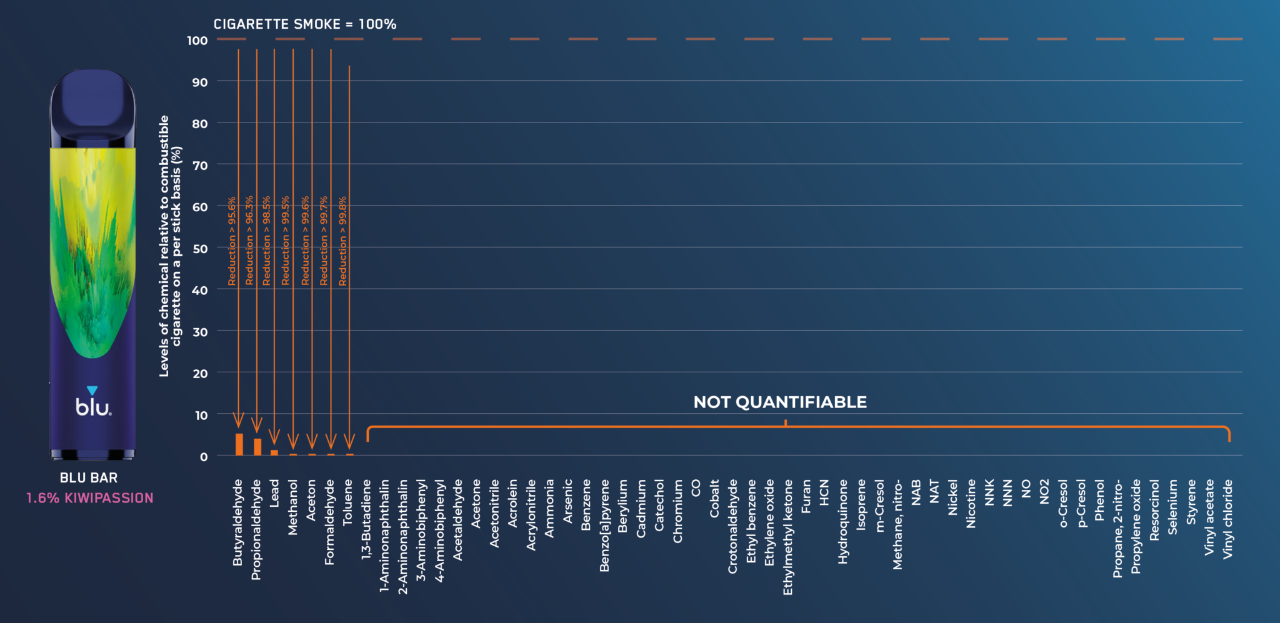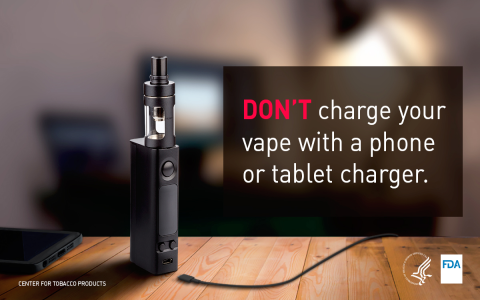Blu vapes and cigarettes deliver nicotine but differ significantly in risk profiles. While no nicotine product is safe, scientific evidence indicates reduced harm with e-cigarettes compared to combustible tobacco.
Chemical Exposure Differences
Cigarette smoke contains over 7,000 chemicals, including 70+ carcinogens like benzene and formaldehyde generated through combustion. Blu vapes aerosolize e-liquids, eliminating combustion-related toxins. Testing shows:

- Traditional cigarettes: High levels of tar, carbon monoxide, and tobacco-specific nitrosamines
- Blu vapes: No tar or carbon monoxide. Trace carcinogens may appear at levels 9-450 times lower than cigarettes (UK NHS data)
Health Impact Comparison
Cardiovascular risks: Vapes show lower blood pressure and heart rate spikes than cigarettes, though nicotine still constricts blood vessels.
Lung function: Multiple studies demonstrate improved respiratory symptoms in smokers switching to vaping. Popcorn lung concerns are unfounded for Blu products (diacetyl-free formulas).
Cancer risk: While long-term vape studies are ongoing, Cancer Research UK states carcinogen exposure from vaping is “substantially lower.”
Addiction Considerations
Both deliver highly addictive nicotine. Blu offers controlled nicotine concentrations (0%-2.4%), enabling gradual reduction unavailable with cigarettes.
Regulatory Oversight
Blu products undergo PMTA review requiring toxicology reports, unlike pre-2009 cigarettes. Manufacturing occurs in pharmaceutical-grade facilities with ingredient disclosure.
Conclusion: Blu vapes represent reduced-risk alternatives for adult smokers unwilling to quit nicotine. Complete cessation remains the healthiest choice. Non-smokers should never initiate nicotine use through any product.









